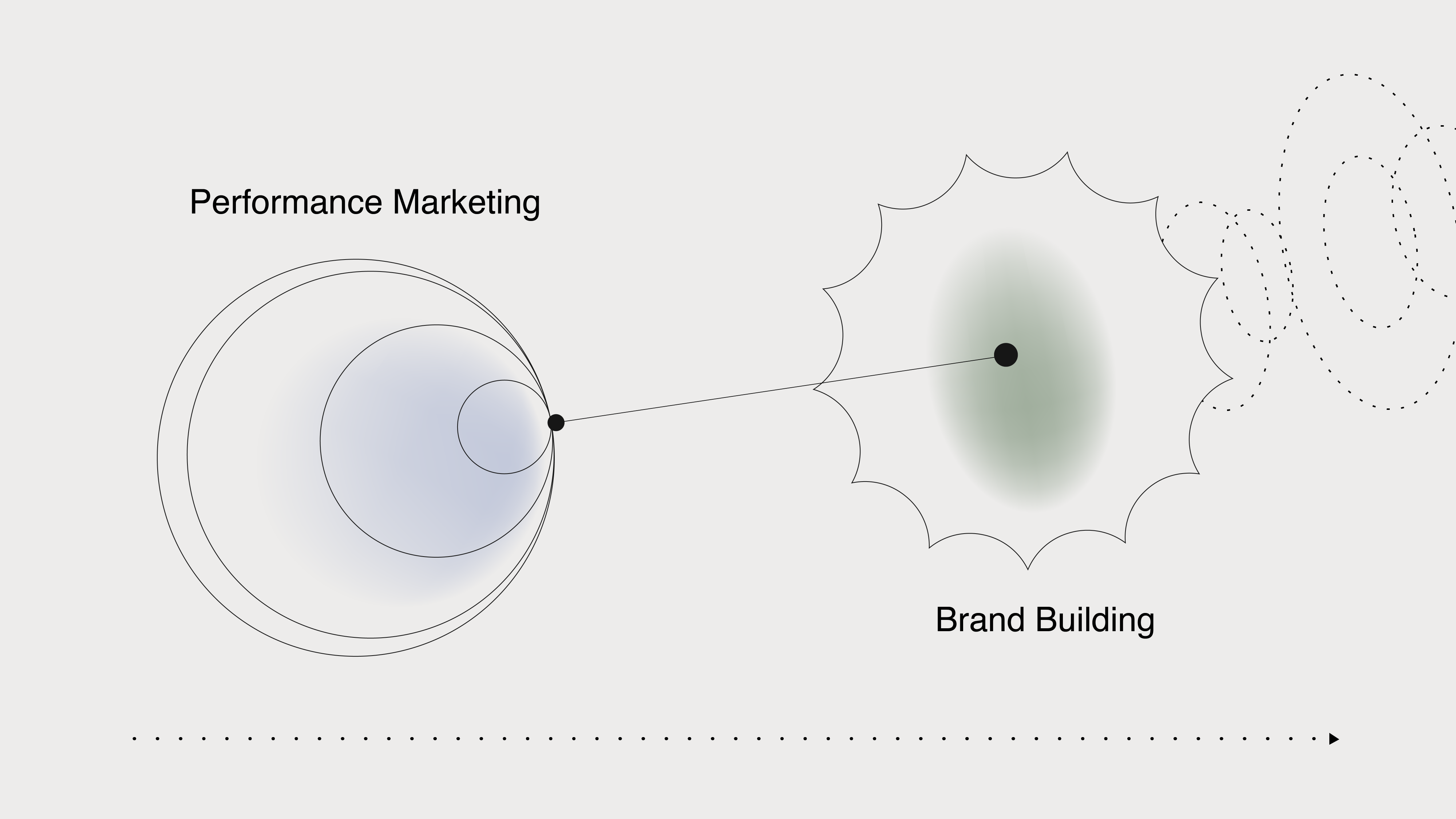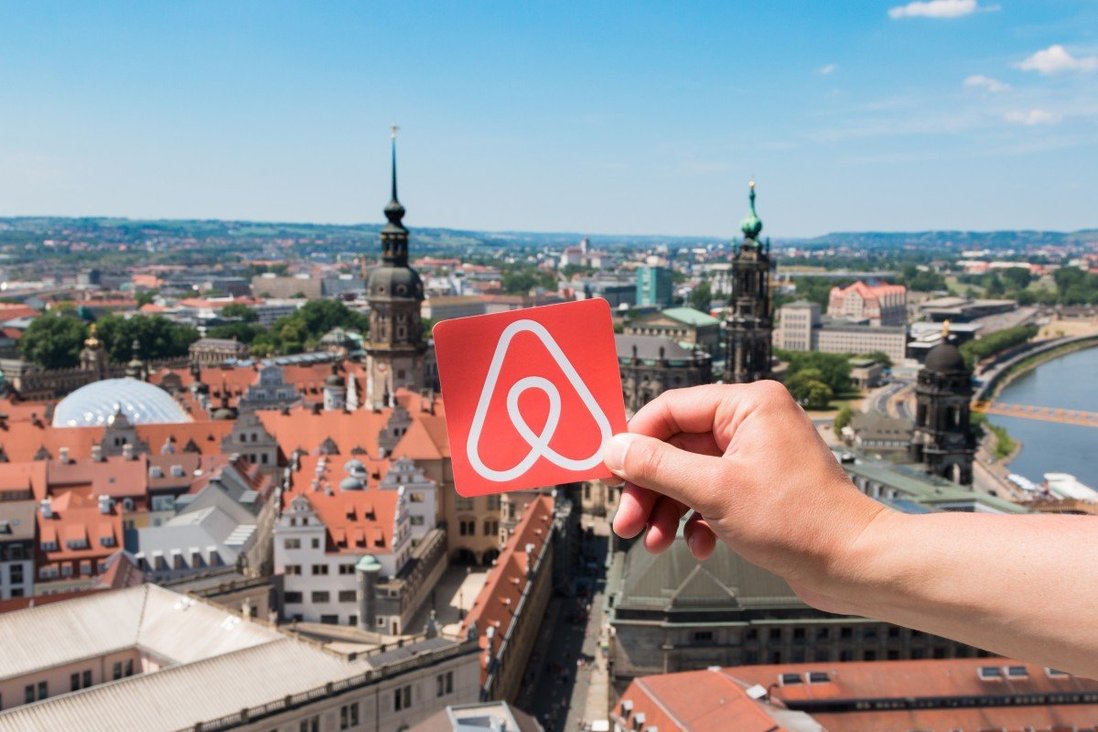Data, Creativity, and the Modern Marketer
The Intersection of Performance Marketing and Brand Building

Data, Creativity, and the Modern Marketer
10 min read
Brand strategy
Words by Nicole Li
Research company Gartner recently announced that CMOs now rank brand strategy as their top priority amidst the business uncertainties prompted by the pandemic.
Following brand strategy, market analytics, market operations, and digital commerce took second, third, and fourth place respectively. Is this a win for brand marketers in the constant tension between brand building and performance marketing? Or is this insight an invitation to explore the nuanced intersection of performance marketing and brand building? After all, market analytics (29%) takes a close second after brand strategy (33%), highlighting the marketing industry’s endless pendulum swing between prioritizing brand and performance. Often seen as rivalling priorities at opposite ends of the spectrum, what Gartner’s ranking reveals about brand strategy and market analytics is not that one is more important than the other, rather it emphasizes the importance of combining data and creativity to form a mutually beneficial, symbiotic relationship between the two strongest marketing capabilities to date.


Let’s start with the “winner”. Brand building is the art of curating and defining a company’s reputation, its values, personality, visual direction, and more. Successful brand marketing fosters customer loyalty, enhances credibility, and creates a solid foundation for any future product launches, collaborations or expansions. As brand builders ourselves, we’ve spoken about the importance of creating an overall art direction that communicates a clear and purposeful brand image, yet that priority does not necessarily negate the role of data. When it’s used in tandem with brand assets rather than against it, performance data gives valuable insights into which assets, strategies or campaigns are working, which demographic it resonates most with, as well as which formats convert the most leads. The insights pulled from customer data gives creative teams an idea of what works, what doesn’t, and what to do moving forwards, making it a crucial check and balance between spontaneous creativity and educated strategy. Despite the common association between creative thinking and brand building, the key driver behind successful brand marketing is cohesion and resonance — which can stem from creativity, but only when it’s informed and influenced by consumer insights. The ideal process is less about a linear factory line where the brand team churns out assets for the performance team to push out, and more about having an ongoing conversation between the two teams that allows constant refinement, improvement and optimization. The concrete and the measurable don’t tear down creativity — they enhance it, so that good work isn’t put to waste.
Given the interdependency between brand building and performance marketing, some companies have adopted agile processes that include cross-functional collaboration,
however the majority of marketing departments or agencies still have a clear split between brand and performance marketing teams. Marketers are often masters of one of the two disciplines, but few are able to excel at both simultaneously — perhaps due to their seemingly contradictory nature. While brand building focuses on creative thinking and emotional resonance, performance marketing focuses on the hard data and the nitty-gritty key performance indicators that dictate their definition of success. In what seems like a “win” for brand strategists, Airbnb saw promising results from its new marketing strategy, which involved a substantial cut to performance marketing spend and increased focus on brand building. Their co-founder and CEO, Brian Chesky, explained that Airbnb now looks at the role of marketing as “education” rather than “buying customers”, and they look to use campaigns to drive “meaningful increases” rather than blindly chasing high KPIs. Airbnb’s decisive shift in marketing spend pinpoints a key way in which performance marketing teams can learn from brand marketers: you can optimize all your performance channels and “let the data do the talking”, but real growth and success comes from asking the why behind the data. Why is this campaign performing better than the other? Why are consumers interacting with the brand more on one platform than the other? It’s true that relying on data can give concrete, measurable results across different performance channels, but it’s equally important for performance marketers to understand that every touchpoint is an opportunity to understand your audience on a deeper level and tell a brand story that they will resonate with. Such is what Chesky means when he refers to Airbnb’s “meaningful increases” — the truth and insight behind the data that allows a brand to continue to create relevant content for its consumers.
Here at Constant, we strive to value the art and science of brand building through both creative storytelling and data-driven insight. In our experiences with working with various performance marketing agencies, we’re conscious of pushing for the importance of art direction and cohesive storytelling, while still staying open to opportunities to better optimize our creative assets. The popular tendency of identifying as either left brained (logical) or right brained (creative) fails to recognize the benefits of taking into account both disciplines; in fact, the left brain right brain phenomenon itself is a myth — recent research using brain imaging technology hasn’t found any evidence of right or left dominance. Ultimately, the best marketer or brand partner isn’t one or the other. They’re the creative thinker that responds to data, the analyst that thinks outside the box, and the multifaceted marketer that seeks to see all sides of the picture at once.
Next
When Watchers Become Directors
July, 2021.



